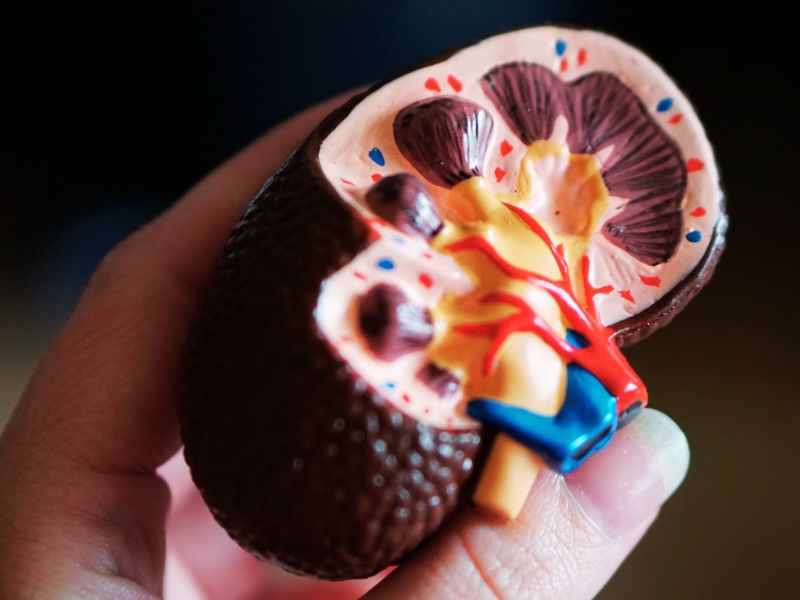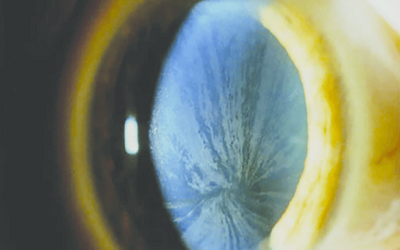Signs & Symptoms
Fabry Disease Signs & Symptoms
Information on Fabry disease signs and symptoms should not be used as a substitute for medical advice. Readers are warned not to take any action without first seeking medical advice. These pages have been written by Fabry Australia and reviewed by our medical advisors.
Symptoms are typically first experienced in early childhood and can be very difficult to understand; the rarity of Fabry disease to many clinicians sometimes leads to misdiagnoses. Manifestations of the disease usually increase in number and severity as an individual ages. There are a wide variety of signs and symptoms associated with Fabry Disease. A person diagnosed with Fabry disease may experience many symptoms listed here. Some experience few and others all of them. The severity of symptoms does vary from person to person.
Pain
Pain is one of the more common symptoms of Fabry disease and is often one of the first symptoms people experience. For many, pain is brought on and worsens with exposure to hot temperatures, changes in weather, stress, fatigue, exercise and illness.
There are two major types of pain associated with Fabry disease:
- Ongoing burning, numbness, tingling pain and discomfort. This type of pain is called acroparesthesias and mainly affects the hands and feet.
- “Fabry crises” are usually experienced as episodes of intense, excruciating, burning pain, felt initially in the hands and feet and radiating to other parts of the body. These crises can be debilitating and can last from minutes to several days.
- These attacks may be accompanied by body aches, fever, and fatigue.
- Fevers often resulting in clinic/hospital visits especially in but not limited to childhood
- Frequent overall body ache or discomfort
- Intolerance to strenuous physical activity
- Frequent and/or chronic fatigue
- Hot and cold temperature intolerance
Impaired Sweating
Edema
Exercise Intolerance
Gastrointestinal Symptoms
Skin – Angiokeratomas
Eyes
Ears
Vertigo

Kidneys
Heart (Cardiac)


Lungs (Respiratory)
Brain and Nervous System

Emotional Issues
Fabry Australia ‘Understanding Fabry Disease’ Factsheet
Understanding Fabry Disease booklet was produced by Fabry Australia and reviewed by Fabry Australia’s Medical Advisory Committee. It is an excellent resource for explaining Fabry disease to a new diagnosed patient and their family and or friends. It is a helpful resource to show health professionals unfamiliar with Fabry Disease.



